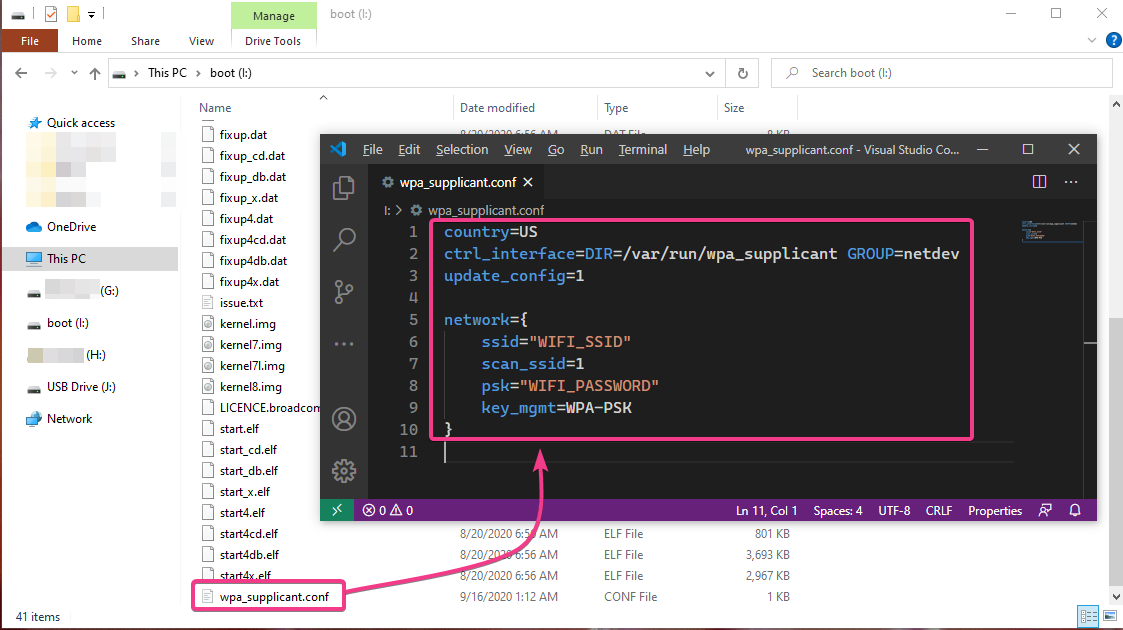
- RASPBERRY PI NETATALK CONNECTION FAILED HOW TO
- RASPBERRY PI NETATALK CONNECTION FAILED INSTALL
- RASPBERRY PI NETATALK CONNECTION FAILED PATCH
RASPBERRY PI NETATALK CONNECTION FAILED HOW TO
There is also the usual set of minor bug fixes and UI improvements – I’ll leave you to spot those! How to get Raspbian StretchĪs this is a major version upgrade, we recommend using a clean image these are available from the Downloads page on our site as usual.

RASPBERRY PI NETATALK CONNECTION FAILED PATCH
The Stretch release includes a patch that addresses this vulnerability. If a Sense HAT is connected, the extension will control that in preference to the emulator.Ī couple of months ago, a vulnerability was discovered in the firmware of the BCM43xx wireless chipset which is used on Pi 3 and Pi Zero W this potentially allows an attacker to take over the chip and execute code on it. This works with either a physical Sense HAT or with the Sense HAT emulator.

Look under ‘More Blocks’ and choose ‘Add an Extension’ to load the extension. While Scratch 2 itself hasn’t changed for this release, we have added a new extension to allow the Sense HAT to be used with Scratch 2. In the last Jessie release, we added the offline version of Scratch 2. We are no longer assuming this to be the case, so now desktop applications which require sudo access will prompt for the password rather than simply failing to work if a user without passwordless sudo uses them. By default, the ‘pi’ user is set up with passwordless sudo access. This means, for example, that the option to automatically log in as the ‘pi’ user will now automatically log in with the name of the current user instead. This has been changed for Stretch, so now applications like Raspberry Pi Configuration no longer assume this to be the case. The default user account in Raspbian has always been called ‘pi’, and a lot of the desktop applications assume that this is the current user.
RASPBERRY PI NETATALK CONNECTION FAILED INSTALL
From a user point of view, everything should still work exactly as before – the only change is that if you still wish to use PulseAudio for some other reason, you will need to install it yourself. PulseAudio is therefore no longer installed by default, and the volume plugin on the taskbar will no longer start and stop PulseAudio. For Stretch, we are using the bluez-alsa package to make Bluetooth audio work with ALSA itself. In Jessie, we used PulseAudio to provide support for audio over Bluetooth, but integrating this with the ALSA architecture used for other audio sources was clumsy. The visual appearance has also been changed very slightly. This offers improved memory usage and more efficient code, so you may notice it running slightly faster than before. The Chromium web browser has been updated to version 60, the most recent stable release.

See the Sonic Pi release notes for more details of exactly what has changed. Version 3.0.1 of Sonic Pi is included – this includes a lot of new functionality in terms of input/output. However, we’ve made a few small changes to our image that are worth mentioning.

(If you’re really interested, the technical details are in the Debian release notes here.) The differences between Jessie and Stretch are mostly under-the-hood optimisations, and you really shouldn’t notice any differences in day-to-day use of the desktop and applications. In case, like me, you were wondering: Stretch is a purple octopus from Toy Story 3. Debian releases are named after characters from Disney Pixar’s Toy Story trilogy.


 0 kommentar(er)
0 kommentar(er)
